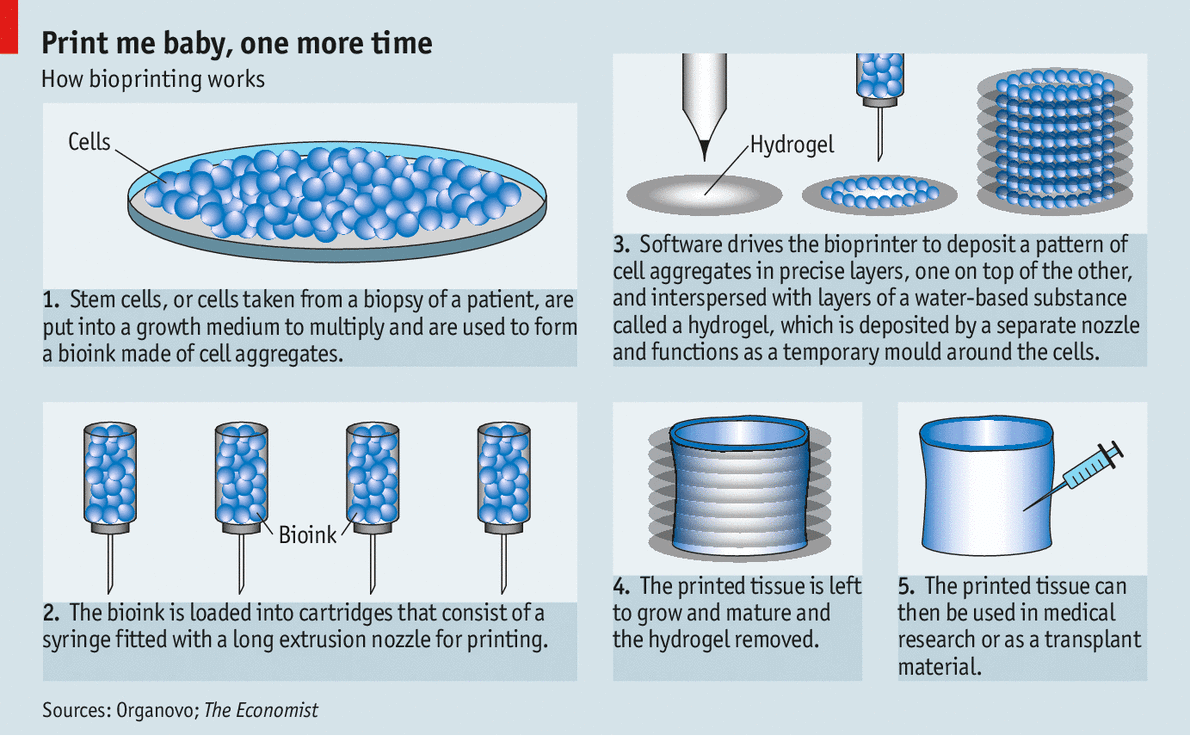Researchers from Binghamton University are developing an artificial pancreas for Type 1 Diabetes sufferers using 3D bioprinting.
People develop Type 1 diabetes when the body is unable to produce insulin. This happens when cells producing the insulin in the pancreas are destroyed by the immune system.
Research students from Binghamton University are exploring a radical new idea; to bioprint an artificial pancreas that would combat the problem. Although the technology is a long way off from being ready to use on patients, it’s an exciting medical development.
Senior BU biomedical engineering student Thomas Hays is driving the project. He’s investigating how to use stem cells and other materials to build the artificial pancreas (AP).
His work led him to research the use of 3D printing to create human organs. There are multiple examples of this currently happening, where scientists are studying how to bioprint skin, cartilage, small tissues, and even artificial heart valves.
But while those projects are complex enough, 3D bioprinting presents AP even more of a challenge. This is because it involves printing an organ in full rather than just smaller tissues.
Hays is optimistic, however, and is currently working with fellow biomedical engineering students, Kyle Reeser and Sebastian Freeman on a breakthrough

How 3D Bioprinting an Artificial Pancreas Works
The researchers are planning to make the AP model by layering cells with hydrogel. These cells are taken from a Type 1 Diabetes patient.
Hays explained to the website Pipe Dream: “It is essentially a layer-by-layer technique where we overlap different 2D layers of material (cells) until you have a 3D product.”
For the next stage, the tissue is developed with cell culture tools. In theory, here it is able to grow into an AP. However, this isn’t as simple a process as it sounds.
Developing an entire organ requires careful consideration of this growth period, and a huge variety of patient differentiation factors. Another difficulty is that because there is no built-in circulatory system, it’s more likely that cell death will occur.
In addition, implanting the artificial organ into a patient’s body carries a high probability of rejection. That’s why Hays and company need to use cells from the patient’s own body to mitigate the risk.
As revolutionary as this technology would be, Hays estimates that it’s still ten years away from being able to pass any clinical or regulatory tests. However, it’s a fascinating glimpse into the future of medicine.
“Hopefully 3D printing will make something like the organ donor list obsolete in the near future,” Hays says.

License: The text of "Bioprinting an Artificial Pancreas for Type 1 Diabetes" by All3DP is licensed under a Creative Commons Attribution 4.0 International License.